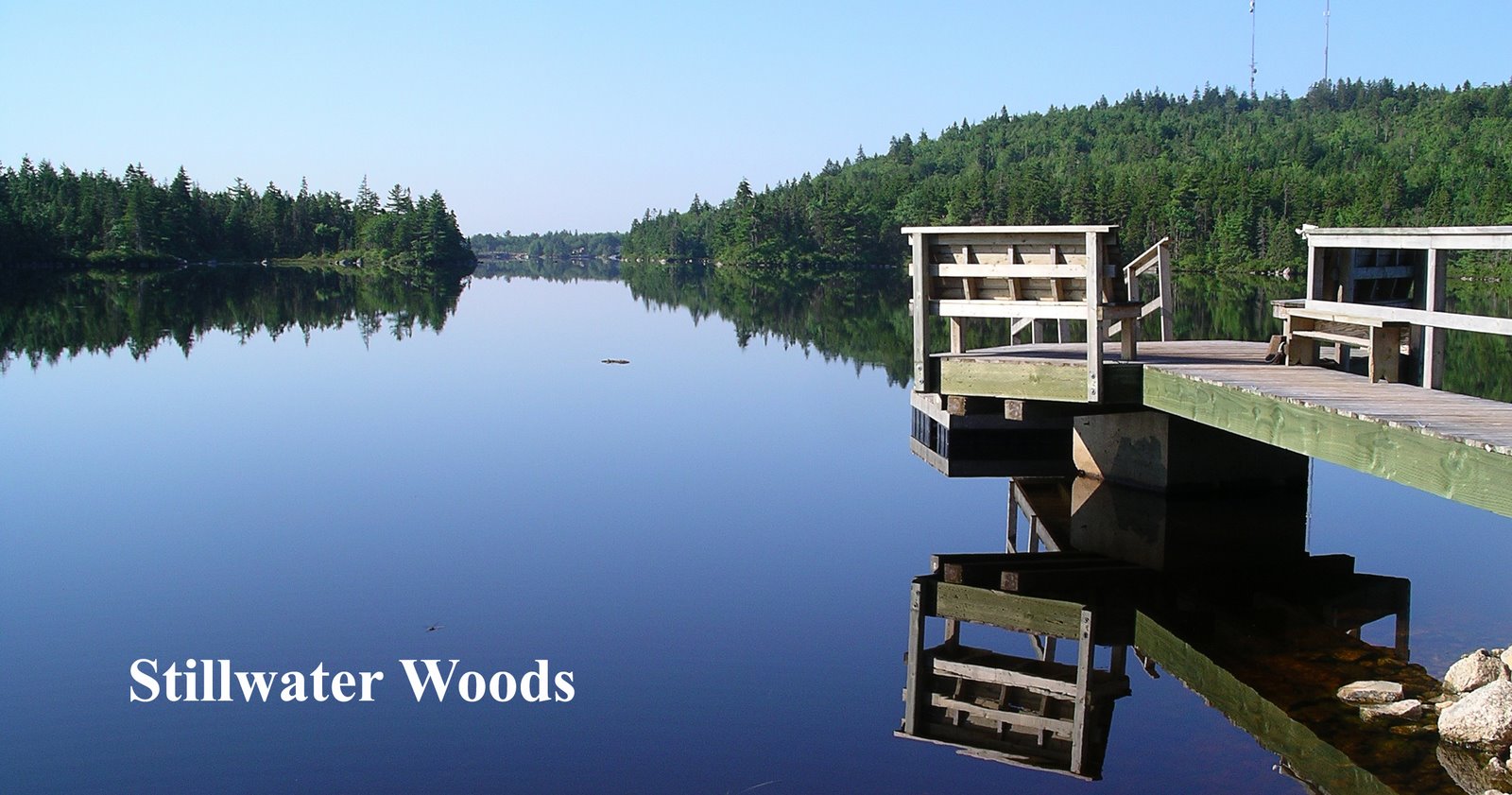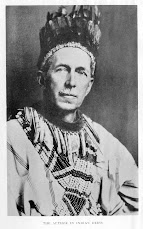The Most Historical Spot in America
By
A. Hyatt Verrill
ALMOST
at our doors, yet practically unknown to the
majority of Americans, lies the island of San Domingo,
the most historically interesting
spot in all the western hemisphere.
On
this large and fertile island Columbus, in 1493,
founded the first European
settlement in America,
at a point on the northern coast between the
modern towns of Monte Christi and Puerta Plata. This settlement, which was
called Isabella, in honor of the
Spanish queen, survived but a few years, owing to disease, and is now nothing
but a scarce-distinguishable pile of ruined walls and buildings overgrown with vines
and tropical vegetation.
Sailing
further to the
eastward, the great navigator
entered the beautiful Bay of Samana,
and a landing-party being attacked by the
natives, the first blood was shed by
the Spaniards in the New World, and the first Spaniard killed in battle on American
soil.
In
their insatiable thirst for gold the Conquerors found no obstacle too great to be
overcome and toiling over mountains
and struggling through forests, penetrated far into the
interior of the island and
established towns. One marvels how the
old Dons ever accomplished the feat, loaded down with mail and heavy arms, for
even today, with roads and villages where in those bygone days stretched
unbroken forest, it is no joke to make the
trip. There, on the high, level,
Vega Real, Concepcion de la Vega and other
towns were built, mines were worked and the
land tilled, while a steady stream of gold flowed from
this rich new land to the coffers of
the King of Spain.
 A
series of disastrous earthquakes swept the
smiling valley, however, and one may still trace the
ruins of the ancient buildings, and find
among them, old Toledo blades, bits
of armor and old coins. It is the
capital of the modern Dominican Republic—quaint
old Santo Domingo
City—that is the most interesting spot, however. Here, it is
said, Columbus
moored his caravels to a giant ceiba or silk-cotton tree on the banks of the
Ozama river and the same tree,
although scarred and broken by the
storms of centuries, still stands, a prominent
landmark and an object of interest to all visitors. Although the town was founded by Bartholomew Columbus (brother
of Christopher), in 1496, it is so closely identified with the career of the
discoverer himself as to lose nothing of interest, and as the admiral lived, and was imprisoned in the city, it is not improbable that he may have
actually made fast his vessels to the
old ceiba.
A
series of disastrous earthquakes swept the
smiling valley, however, and one may still trace the
ruins of the ancient buildings, and find
among them, old Toledo blades, bits
of armor and old coins. It is the
capital of the modern Dominican Republic—quaint
old Santo Domingo
City—that is the most interesting spot, however. Here, it is
said, Columbus
moored his caravels to a giant ceiba or silk-cotton tree on the banks of the
Ozama river and the same tree,
although scarred and broken by the
storms of centuries, still stands, a prominent
landmark and an object of interest to all visitors. Although the town was founded by Bartholomew Columbus (brother
of Christopher), in 1496, it is so closely identified with the career of the
discoverer himself as to lose nothing of interest, and as the admiral lived, and was imprisoned in the city, it is not improbable that he may have
actually made fast his vessels to the
old ceiba.
The
first buildings erected at Santo
Domingo City were on the
eastern bank of the river, where a
fortress was built which was destroyed by a hurricane in 1502. Soon after this the settlement was removed to the
western bank of the river.
Passing
through the narrow entrance of the harbor, the
visitor's attention is attracted to a grim and time-worn fortress which crowns
a jutting headland at the river's
mouth. This fine old masonry citadel, with its Moorish tower, was erected in 1509,
and although the natives firmly
believe that within its dungeon Columbus was imprisoned, there
is no foundation for the story, for the date of his incarceration was in 1500, and he
was confined in a smaller tower in the
old settlement on the other side of the
river. The present tower, or "homenaje,"
is now usually filled with political prisoners, who occupy the same old stone cells wherein the adventurous conquerors thrust their prisoners four centuries ago.
A
little farther up the river and close above the
modern custom house, stands a large,
well-preserved ruin, towering above the
smaller modern houses. This was the
residence of Diego Columbus (son of the
admiral), who was for some time
viceroy of the colony. His palace
was so strongly fortified and defended with walls and cannon as to alarm the Spanish king, who recalled the governor to explain his actions.
On
every hand, as we look shoreward, loom
the half-ruined churches and
monasteries of the almost-forgotten
past and one is filled with a sort of awe at thus standing so near the scenes of Columbus's
life. As we step ashore the
centuries seem to have rolled back, and as we pass beneath the great arched gateway in the
city wall we half expect a challenge from
a mail-clad sentinel within the
dusky shadow.
 This
massive wall entirely surrounds the
city and even after a lapse of nearly half a thousand years is yet firm and strong
and well able to withstand a siege of any but modern artillery.
This
massive wall entirely surrounds the
city and even after a lapse of nearly half a thousand years is yet firm and strong
and well able to withstand a siege of any but modern artillery.
Passing
up the main street, between old
houses with their ornate doorways
bearing the coats of arms of many
such famous old families as Balboa, Alvarado and Ponce de Leon, the plaza is reached, where stands a magnificent
statue of Columbus, with his bronze arm pointing ever westward.
On
the southern
side of the plaza is the massive old fortress-cathedral,
begun in 1514 and completed in 1500 (?), and within whose walls repose the bones of Christopher Columbus.
The
ancient bells of this cathedral are
hung outside the walls in towers
built for the purpose, instead of
being placed within the building
itself. Beneath these queer old bell
towers we enter the broad stone
portal, with the painted saints on
either hand, almost as fresh as when
first completed by the artists over three centuries ago.
 Within
the cathedral
our attention is immediately drawn to a most beautiful monument
of Italian marble, the last resting place of Columbus. Here, in an ornamental urn, flanked
by imposing sculptured lions, and with delicate bass-reliefs portraying his
appearance before Ferdinand and Isabella, lie the
bones of America's
discoverer. Many will be surprised at this statement, as it is commonly supposed that the
ashes of Columbus were buried in Havana. The Italian
government, which presented the
monument to the Dominicans, was thoroughly convinced that such was
not the case, however, and our own
ex-minister to the republic, the Hon. T. C. Dawson, investigated the matter thoroughly. From
Mr. Dawson's extensive researches there
can be no doubt whatever that the
bones reposing in the cathedral in Santo Domingo
are those of Christopher Columbus, while those removed with pomp and ceremony, and taken by the Spaniards to Havana in 1795, were the remains of Don Diego Columbus, son of the admiral.
Within
the cathedral
our attention is immediately drawn to a most beautiful monument
of Italian marble, the last resting place of Columbus. Here, in an ornamental urn, flanked
by imposing sculptured lions, and with delicate bass-reliefs portraying his
appearance before Ferdinand and Isabella, lie the
bones of America's
discoverer. Many will be surprised at this statement, as it is commonly supposed that the
ashes of Columbus were buried in Havana. The Italian
government, which presented the
monument to the Dominicans, was thoroughly convinced that such was
not the case, however, and our own
ex-minister to the republic, the Hon. T. C. Dawson, investigated the matter thoroughly. From
Mr. Dawson's extensive researches there
can be no doubt whatever that the
bones reposing in the cathedral in Santo Domingo
are those of Christopher Columbus, while those removed with pomp and ceremony, and taken by the Spaniards to Havana in 1795, were the remains of Don Diego Columbus, son of the admiral.
Although
the most interesting, the cathedral
is by no means the oldest building
in Santo Domingo
City. This honor probably
belongs to the Church of San Nicolo,
built in 1509. Larger than San Nicolo, and almost if not quite as ancient, is the convent of San
Francisco, just behind and above the house of Don Diego Columbus. Within the entrance of this famous old pile is buried the great soldier Ojeda, while beneath the pavement of its aisles lie the remains of many another
famous old Don, among them being
Bartholomew-Columbus, the founder of the
town.
 Santa Barbara, San Miguel, La Merced, Santa Clara, La Regima
and San Anton are all ancient and beautiful churches built 350 years or more
ago, although several of them have
been restored and are now in daily use. The most famous of all the churches in the
city, however, is the old convent
church of Santa Domingo, to which is
attached the remains of the first university established in America, and
over which ministered the great La
Casas, one of the few whose career
was not marred by blood and greed and who ever was an ardent advocate of
education, Christianity and peace. It was he who wrote the
only reliable history of those old days in the
new lands of the west and here in
his beloved Santo Domingo he taught and
preached in a university which had passed the
century mark when the Pilgrims first
trod our shores at Plymouth Rock.
Santa Barbara, San Miguel, La Merced, Santa Clara, La Regima
and San Anton are all ancient and beautiful churches built 350 years or more
ago, although several of them have
been restored and are now in daily use. The most famous of all the churches in the
city, however, is the old convent
church of Santa Domingo, to which is
attached the remains of the first university established in America, and
over which ministered the great La
Casas, one of the few whose career
was not marred by blood and greed and who ever was an ardent advocate of
education, Christianity and peace. It was he who wrote the
only reliable history of those old days in the
new lands of the west and here in
his beloved Santo Domingo he taught and
preached in a university which had passed the
century mark when the Pilgrims first
trod our shores at Plymouth Rock.




1 comment:
Great place ever i seen . This amazing place to visit for anyone. Thank you for sharing with us.
Post a Comment